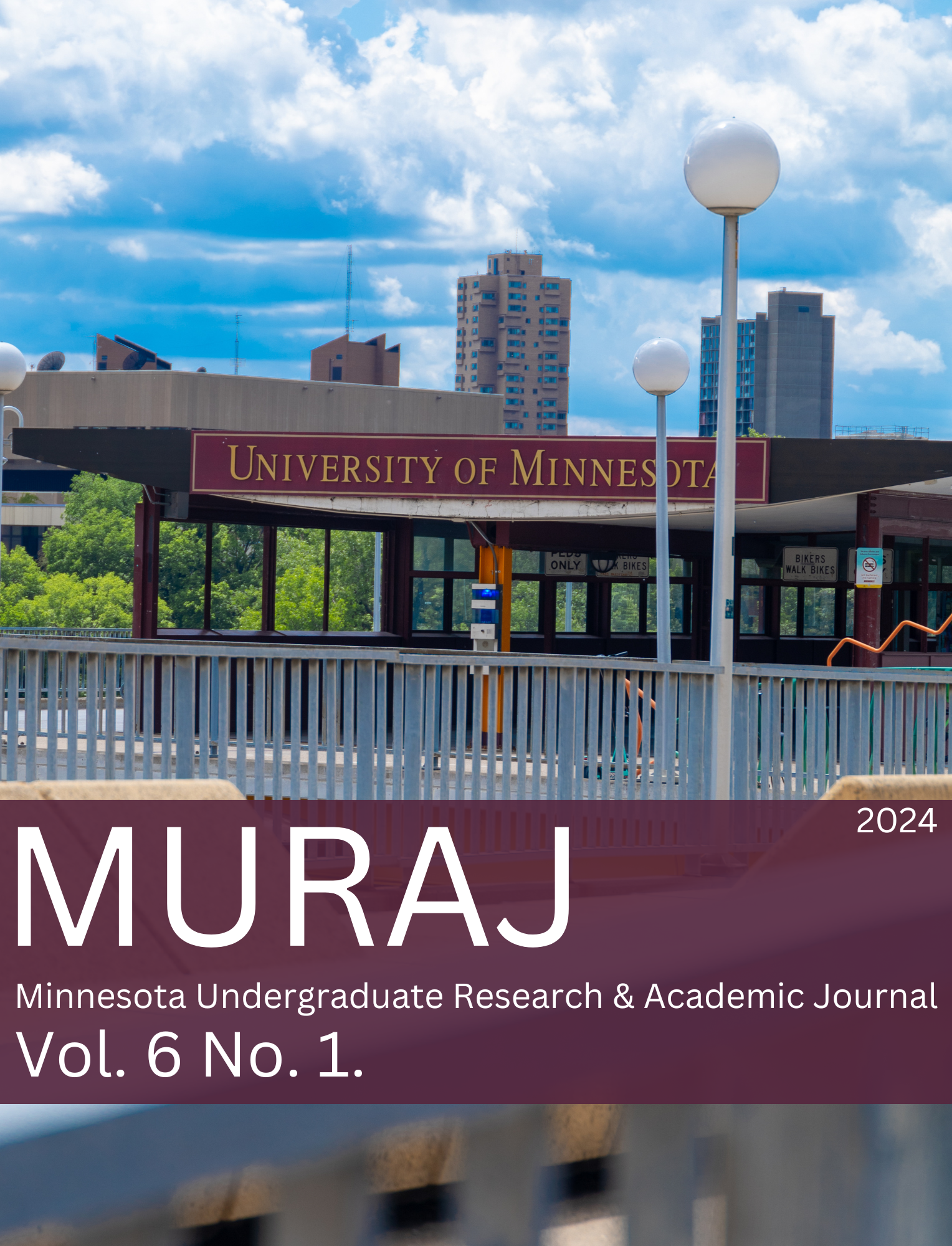Defeating Dyslexia: A Robust Meta-Analysis of the Relationship Between Hearing and Dyslexia to Achieve Early Diagnosis and Treatment
Main Article Content
Abstract
Occurring in nearly 20% of children, dyslexia is all too often misdiagnosed or overlooked. Untreated, it can irreversibly disrupt the early learning period, preventing students from reaching their full potential. Thus, early and effective intervention is critical. Falling behind as a dyslexic creates challenges not only academically, but also emotionally and financially. The purpose of this study is to quantify the relationship between dyslexia and deficits in sound gap detection, expanding on the viability for hearing tests to support early diagnosis.
The relationship between dyslexia and auditory processing in gap detection is examined using the tool of meta-analysis. Data collected from 15 studies was analyzed with REDCap and R, and a Hedges’ g test and Robust Variance Analysis was performed on the data set. Poor ability to detect gaps in sound were significantly correlated to dyslexia through both well-established and novel methods. This study is the first work to specifically focus on gap detection in dyslexics, and the strength of relationship (g = 1.17) demonstrated in this study is one of the highest reported among metaanalyses for auditory processing tasks.
These findings could influence how future diagnosis and treatment of dyslexia advances. Early detection is key to effective treatment, and auditory testing is viable at pre-reading ages. Auditory processing as a major deficit in reading disorders also supports the hypothesis that hearing is the fundamental cause of dyslexia, affecting future treatments to address auditory issues more directly and bringing the field one step closer to defeating dyslexia.
Article Details

This work is licensed under a Creative Commons Attribution-NonCommercial 4.0 International License.

All work in MURAJ is licensed under a Creative Commons Attribution-Noncommercial 4.0 License
Copyright remains with the individual authors.

